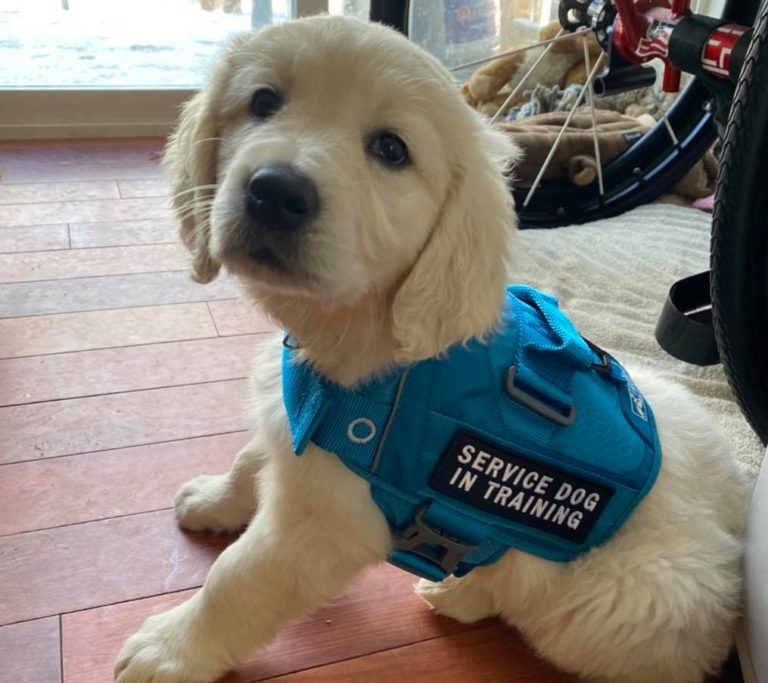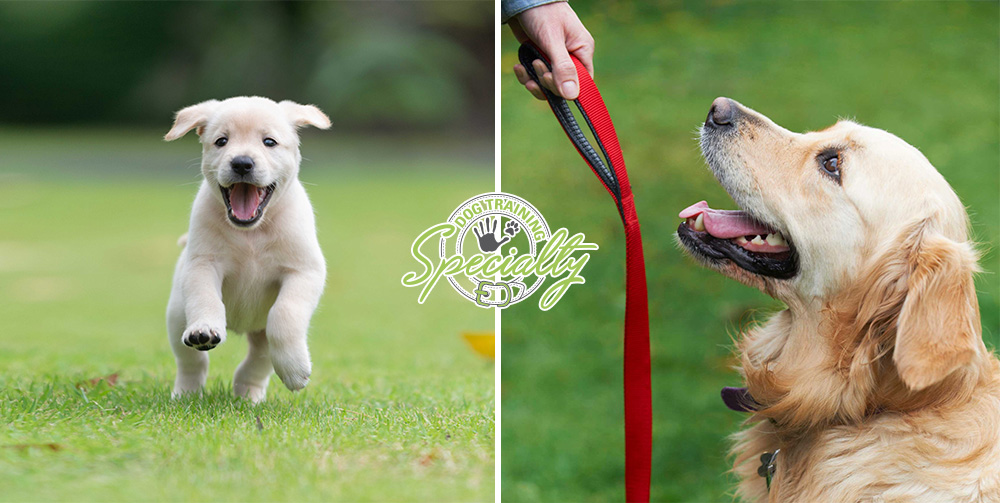Expert Insights on Dog Training Charlotte NC: Transform Your Pup Today
Expert Insights on Dog Training Charlotte NC: Transform Your Pup Today
Blog Article
Unlock Your Pet's Potential: Proven Dog Training Techniques for Success
Effective pet training is a nuanced process that hinges on recognizing canine behavior and using clinically backed methods. By integrating positive support, establishing clear commands, and focusing on socialization, pet owners can grow a productive partnership with their family pets.
Understanding Pet Dog Behavior
Recognizing canine actions is necessary for effective training and cultivating a positive partnership between canines and their proprietors. A detailed understanding of canine body language, articulations, and social interactions is critical for acknowledging their feelings and demands. Canines interact mostly via non-verbal hints; for instance, a wagging tail may indicate exhilaration, while pinned ears can signify concern or submission.

Additionally, ecological aspects play a considerable function in shaping a canine's behavior. Changes in regular, brand-new environments, or the existence of unfamiliar people can bring about stress and anxiety or anxiousness in pets. Acknowledging these triggers allows owners to minimize damaging responses and develop appropriate training approaches.
Inevitably, a deep understanding of pet dog habits lays the foundation for effective training techniques, improving both actions and the general bond between the pet dog and its owner. dog training charlotte nc. This understanding is important for fostering a well-adjusted, satisfied canine buddy
Positive Support Techniques
Reliable training depends greatly on favorable reinforcement methods, which have been revealed to yield substantial lead to forming preferred actions in pet dogs. This approach entails rewarding a pet for exhibiting details behaviors, therefore enhancing the likelihood that these actions will be duplicated. Rewards can take different kinds, including deals with, appreciation, toys, or play, depending on what inspires the specific canine.

It is necessary to slowly phase out incentives as the pet dog discovers the behavior, transitioning to recurring reinforcement. This strategy keeps the habits in time while preventing dependence on continuous incentives. By concentrating on positive support, fitness instructors can cultivate a trusting relationship with their pets, promoting a healthy and balanced and cooperative training environment that improves overall obedience and efficiency.
Establishing Constant Commands
A fundamental element of successful pet dog training is the establishment of constant commands. Uniformity in commands is vital for effective interaction in between the pet dog and the trainer. When commands are consistent, dogs discover to link particular words with wanted behaviors, which speeds up the training rabbit litter box training procedure and boosts understanding.
To develop consistent commands, it is vital that all relative make use of the same terminology and motions. If one individual uses "sit" while another states "sit down," it can develop complication for the dog. Select clear, unique words for commands and make certain everyone associated with the canine's training abides by these options.
In addition, rep is key. Reinforce commands with regular method, making certain that the pet receives sufficient chances to react correctly. When a dog successfully complies with a command, instant positive reinforcement ought to comply with. This might be in the type of deals with, appreciation, or play, strengthening the link in between the command and the activity.
Finally, be individual. Establishing consistent commands takes time and pop over to this site effort. With devotion and quality, you will certainly assist your canine develop a strong understanding of expectations, ultimately leading to a mannerly buddy.
Socialization and Exposure
Mingling a pet dog is necessary for promoting a well-adjusted and confident companion. This procedure includes exposing your pet to a range of environments, individuals, and other pets to establish their social skills and flexibility. Early socializing, ideally between the ages of 3 to fourteen weeks, is important, as it lays the groundwork for a pet dog's future behavior.
Throughout socialization, purpose to supply positive experiences in various setups, such as parks, busy streets, and homes with other family pets. Introduce your pet dog to various stimulations, consisting of noises, views, and scents, guaranteeing that each experience is gratifying. This direct exposure helps alleviate fear and anxiousness, leading the way for a more durable canine.
Involving in controlled group play sessions with other canines can likewise improve social abilities, teaching your animal proper communications and borders. Focusing on socializing will dramatically add to your pet's total joy and habits throughout their life.
Conquering Common Training Challenges

Canines may battle to concentrate in strange or active settings. Slowly desensitize your pet dog to diversions by beginning training in a quiet environment and slowly presenting even more stimulations as they come click here to read to be competent.
Furthermore, behavior problems like leaping or too much barking can come to be discouraging. Address these by educating different behaviors, such as sitting smoothly when greeting guests. Consistency and persistence are vital; enhance wanted actions continually and stay clear of scolding, which can result in confusion.
Finally, acknowledge that each pet dog is special, and training timelines might differ. Tailor your method to your canine's private requirements, and look for expert support if necessary. With determination and the right approaches, getting rid of these challenges can lead to a well-trained, delighted canine companion.
Conclusion
In verdict, opening a dog's potential demands a comprehensive approach that includes an understanding of canine behavior, the application of favorable support strategies, and the establishment of constant commands. Early socializing and direct exposure to varied atmospheres better improve a pet dog's flexibility and confidence. By attending to common training challenges with tailored approaches and persistence, a participating and harmonious connection in between canine and handler can be promoted, eventually resulting in a well-behaved companion with the ability of growing in different circumstances.
Reliable dog training is a nuanced process that pivots on recognizing canine behavior and utilizing scientifically backed methods.Recognizing pet dog behavior is vital for efficient training and cultivating a positive partnership in between pets and their owners.Effective training relies heavily on favorable support methods, which have been revealed to produce considerable results in shaping wanted habits in canines. When commands are consistent, pets discover to connect details words with wanted habits, which increases the training process and enhances understanding.
In verdict, opening a canine's prospective necessitates a detailed approach that includes an understanding of canine behavior, the application of positive support methods, and the facility of regular commands.
Report this page